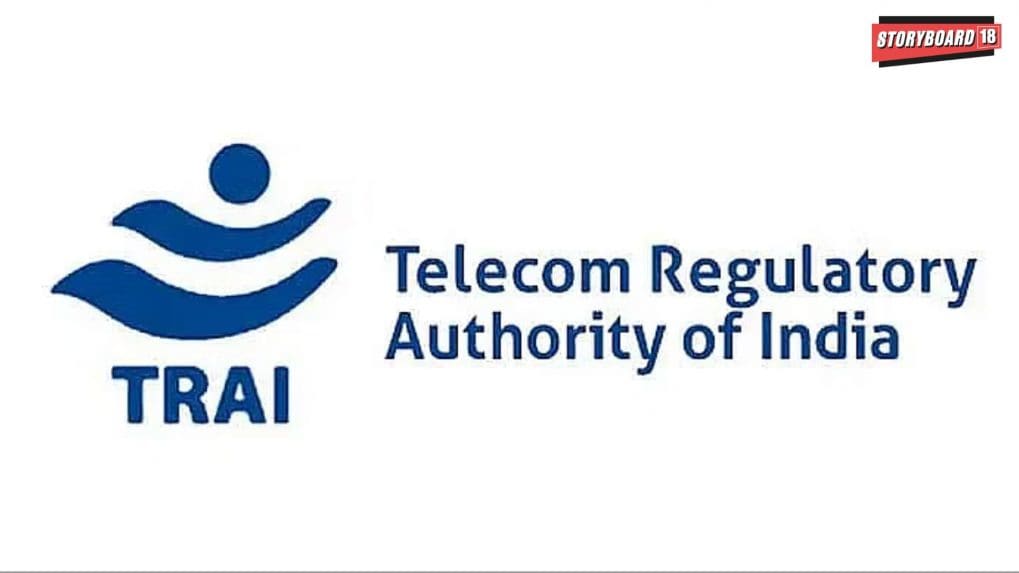TRAI set to roll out NTO 4.0 consultation; broadcasters warn of policy fatigue, FDI slowdown
Industry associations have also highlighted that the broadcast sector, which once attracted substantial overseas capital, is witnessing waning investor interest amid regulatory flux.
ADVERTISEMENT
After years of recalibrating India’s television pricing rules, TRAI is once again set to reopen the debate — this time with New Tariff Order. The upcoming consultation, likely by the end of the year, could redefine how channels are priced and packaged for millions of TV viewers. But industry players warn the constant churn of tariff rules has left the sector weary, with broadcasters citing “policy fatigue” and investors pulling back amid persistent regulatory flux.
TRAI is set to release a fresh consultation paper on the next iteration of the New Tariff Order—commonly referred to as NTO 4.0. Sources indicate that the regulator has completed a detailed study of the ecosystem and its potential implications for the broadcasting ecosystem. Industry executives point out that TRAI received a green flag from Ministry of Information and Broadcasting to conduct a study and release consultation on fresh NTO framework.
The consultation paper is expected to be issued by the end of this year, marking the next chapter in TRAI’s ongoing efforts to balance consumer interests with the business viability of broadcasters and distribution platforms.
According to top sources familiar with the matter, the regulator has initiated an internal assessment to evaluate the effectiveness of the existing tariff framework under NTO 3.0 and its impact on both consumers and industry stakeholders. The study aims to identify key challenges such as pricing rigidity, channel bundling practices, and the interplay between linear television channels available on connected TV and over-the-top (OTT) platforms, which have been reshaping India’s content consumption landscape.
However, the upcoming consultation has stirred unease among broadcasters, who warn that repeated regulatory interventions and frequent changes in the tariff regime are creating uncertainty in the investment climate for the industry. Broadcasters argue that the constant revisions under successive NTO versions—since the first order was introduced in 2017—have disrupted pricing models, deterred long-term investments, and led to a decline in foreign direct investment (FDI) inflows into the broadcasting sector. Broadcasters also highlight exit of major foreign broadcasters from India due to frequent regulatory changes impacting the industry.
A senior executive from a leading television network said, “Frequent amendments to the tariff order make it difficult for broadcasters to plan ahead. Each regulatory change demands a complete recalibration of pricing, packaging, and distribution strategies, which directly impacts profitability and investor confidence.”
Storyboard18 reached out to Anil Kumar Lahoti, Chairman of TRAI, who remained unavailable to comment on the developments.
Industry associations have also highlighted that the broadcast sector, which once attracted substantial overseas capital, is witnessing waning investor interest amid regulatory flux. FDI inflows into the broadcasting and cable distribution segment have slowed over the past few years, reflecting growing concerns over unpredictable policy shifts. Broadcasters maintain that while consumer affordability is important, regulatory overreach could undermine the sustainability of content creation and network operations in the long run.
Foreign direct investment (FDI) inflows into India’s information and broadcasting (I&B) sector, including print media, fell sharply to ₹552.45 crore in the April–June 2025 quarter, down from ₹3,374.73 crore in the same period last year, according to data released by the Department for Promotion of Industry and Internal Trade (DPIIT).
The nearly 84% year-on-year decline highlights a pronounced slowdown in cross-border deal activity across media, advertising and entertainment businesses. This comes after a period of heightened investment activity in 2024, which saw several large-ticket transactions, particularly in streaming and digital media segments.
“The NTO framework was designed to empower consumers through price transparency and choice,” said a policy analyst tracking the sector. “But constant tweaks have led to unintended consequences, including channel exits, increased compliance costs, and fragmentation in subscription pricing.”
DPOs call for reforms
Executives from cable TV and DTH industry pointed out that the distribution segment has failed to attract FDI primarily because of a steady decline in subscriber numbers and a lack of a level playing field. “The New NTO needs to be introduced with reforms for the Linear TV. In order to ensure that the new NTO prove to be advantageous for the consumers as well as for the industry. The current tariff regulations restrict growth and innovation opportunities for distributors, making the sector less promising for new investments,” an executive from cable TV industry said.
“The new NTO must bring real reforms for Linear TV to ensure it benefits both consumers and the industry,” said a senior executive from a leading cable TV network. According to DPOs, deep discounting in the formation of channel bouquets by broadcasters and the penetration-linked incentives structure have proven detrimental. “DPOs are being forced to sell broadcaster-designed bouquets, effectively killing consumer choice,” another executive noted.
“A DPO should be freed from the shackles of penetration incentives, allowing innovation in offerings and resulting in reduced consumer prices,” the executive said.
TRAI’s consultation is expected to seek stakeholder feedback on a wide range of issues—from channel pricing caps and bouquet discounts to platform fees and regulatory parity with digital streaming services. The regulator is also likely to assess how technological convergence and changing audience behaviour demand a more flexible, future-ready tariff model.
As the year draws to a close, all eyes will be on TRAI’s upcoming consultation paper, which could redefine the economics of India’s television broadcasting industry once again. For broadcasters, the hope is for a more predictable and investment-friendly regime that allows innovation and growth—without another cycle of regulatory disruption.

